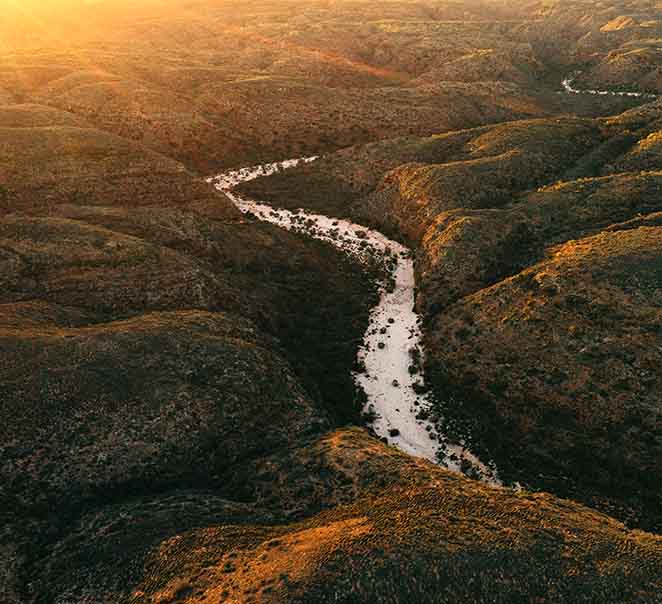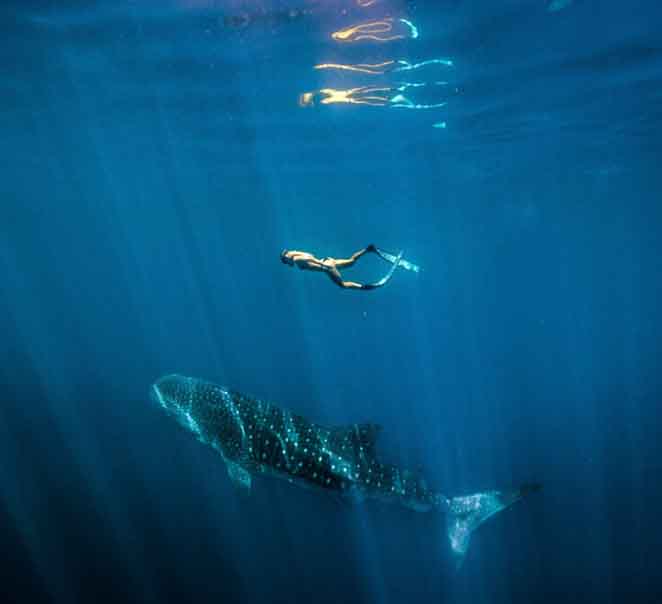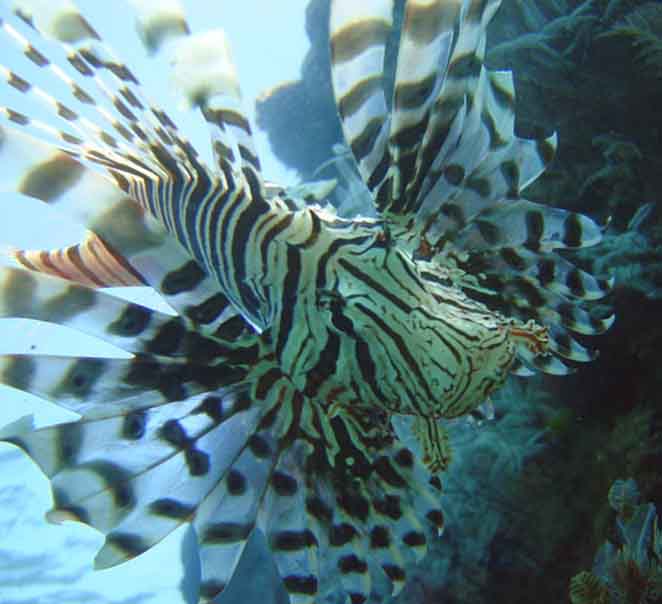Qantas flies daily to Exmouth with connections from most capital cities. Air and road transfers are available from Exmouth Airport and must be pre-booked (additional cost).
Helicopters need to be chartered from Perth and can land at Yardie Creek Homestead Airstrip, 20 minutes from camp and outside the National Park.
Self-driving from Exmouth town to Sal Salis takes one hour – and most of this is on a good, council-maintained gravel road. The drive from Exmouth Airport to Sal Salis takes 90 minutes’.
Driving from Perth will take more than 13 hours.
Please note, the camp is not signposted, directions will be provided by Sal Salis at time of booking. There is a ‘no drive after dark’ policy within the Cape Range National Park due to the high numbers of wildlife on the road during this time.









